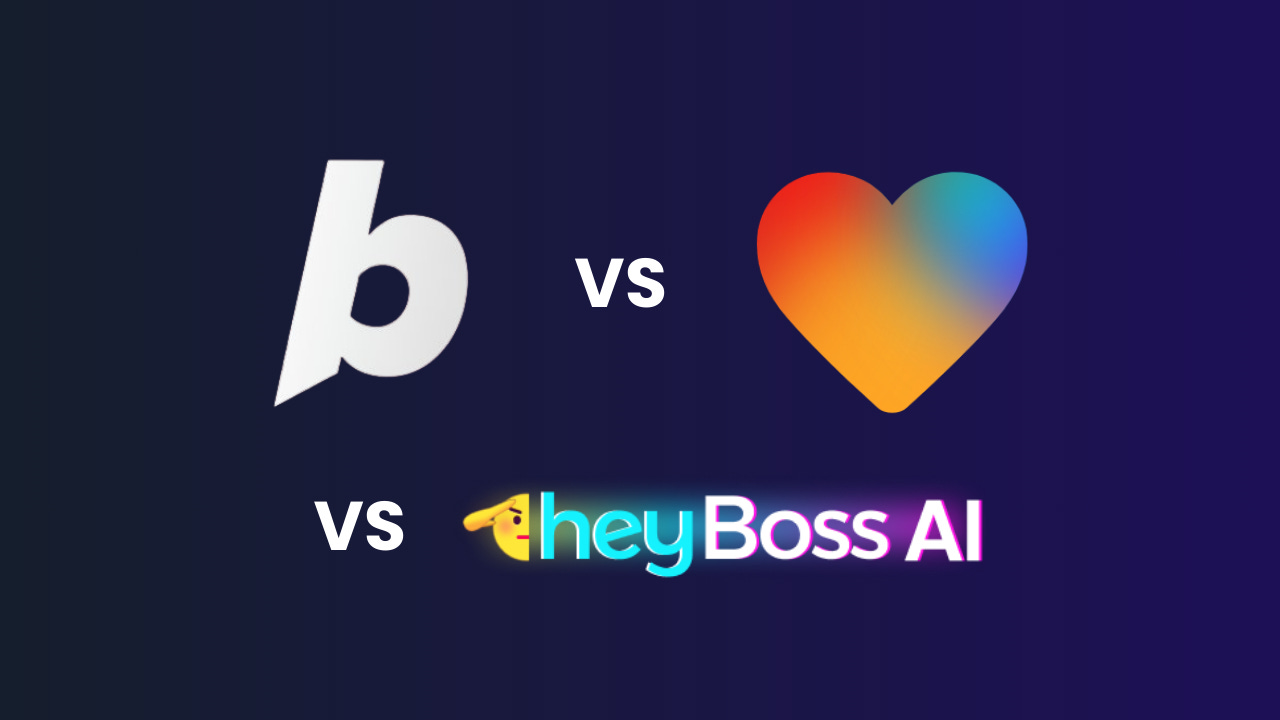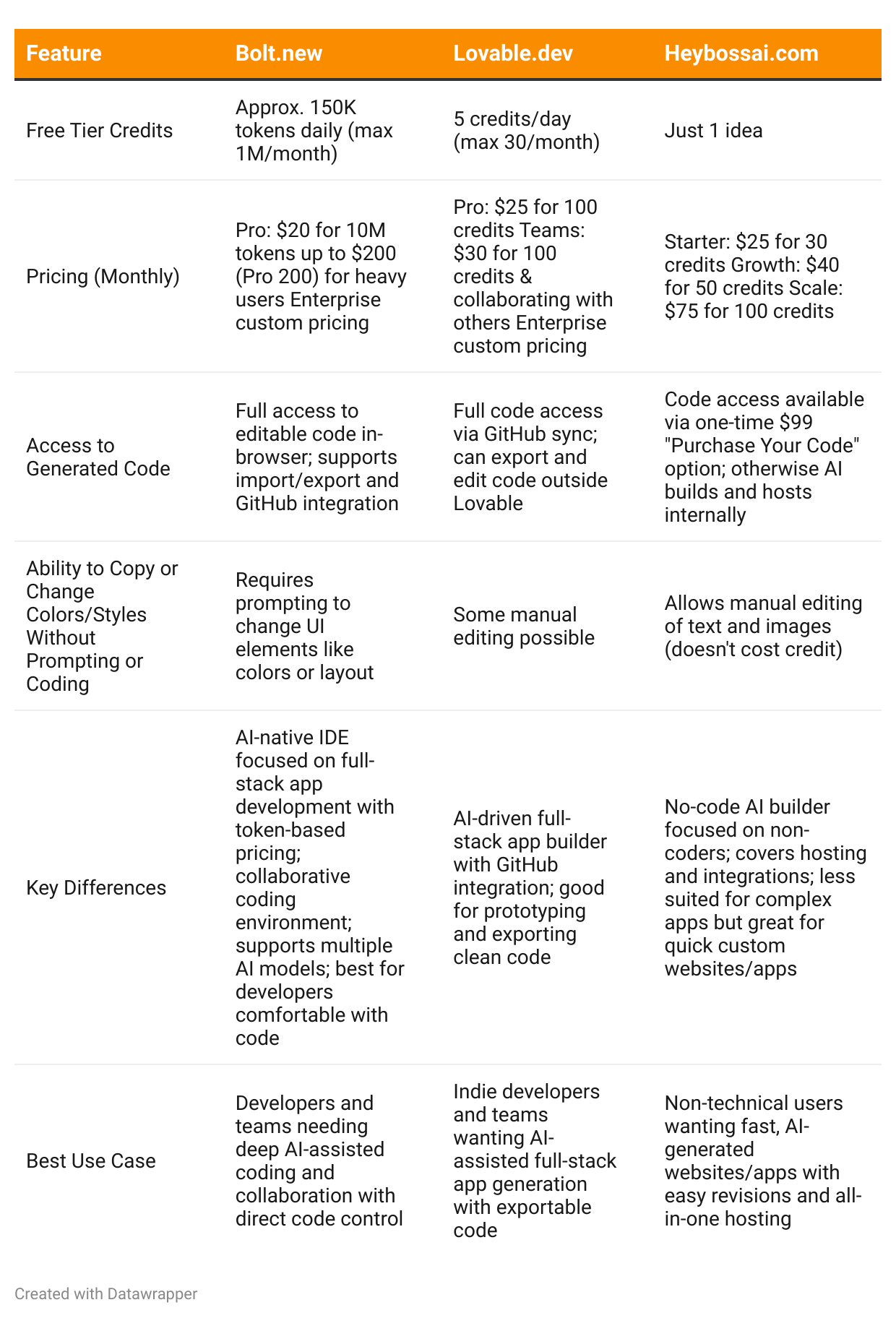The Secret’s Out: How to Build a Website in Minutes for Less Than $5
For founders, freelancers, creators: a shortcut to a complete website—no design or coding skills needed.
Remember when building a website meant… a lot of money + time?
Five years ago, if you wanted a landing page for your business or project, you had two options:
Hire a designer and a developer.
Roll up your sleeves and wrestle with no-code tools like Squarespace, Wix, or Webflow.
Both had tradeoffs. Either you paid (a lot) and waited weeks, or you spent hours learning a “simple” tool that still made you feel like you needed a design degree.
And even then, you’d agonize over fonts, templates, copy, mobile optimization, SEO settings.
Building a website used to mean building a website. Piece by piece. Code by code.
Today, you can launch a live website in minutes, for under $5.
The first time I discovered the tools I’m going to show you today, I felt like I was cheating. It seemed too easy. Too fast. Too cheap.
But it’s not cheating. It’s the new baseline.
Website building isn’t really about building anymore.
All you need is a good prompt.
Who’s this for
No matter what you’re building, there’s a good chance you’ll need a place to send people, a page that explains what you do, or a link that’s live.
This is for you if:
You’re working on a project, hosting a workshop, offering freelance or consulting services, or launching a business.
You want to quickly launch a test page for a product or offer
You want to pitch an idea visually, with a link, not just words in a doc or slide deck
So if you know you need a website, but you’re stuck, procrastinating, or overwhelmed by the tools and options, keep reading.
By the end of this post, you’ll have something live you can share today.
What you’ll take away from this post
How to get a complete landing page (copy, design, layout, and live link) in minutes, for under $5
How to prompt it right, so you don’t waste a lot of time or money on fixes
A side-by-side look at 3 AI tools that build websites from a single prompt: Bolt, Lovable, and heyBoss AI.
See how each tool performed so you can choose the best one for your needs
Disclaimer: It won’t be your dream site. It’s not replacing great design. But it’ll get you live fast, cheap, and good enough to test, share, or sell.
Before you even open the tool, get clear on what you’re asking for
These AI website builders aren’t like ChatGPT. Every prompt you send, every version it generates, costs money.
If you’re unclear on what you want, you’ll waste time and burn credits.
That’s why you shouldn’t jump in and wing it.
AI can handle the “how,” but you still have to define the “what” and the “why.”
Everything comes down to clarity.
Once you’re clear on who it’s for and what it’s about, the tools can do the rest.
Prompt template
Once you’ve clarified what you want, you can use the prompt template below. Just fill in your details and paste it directly into the AI tools I’ll show you next.
Create a landing page for [type of business or project].
It’s called [name of business/project].
The website is for [describe the audience or customer].
The goal of the website is to [what action you want visitors to take: book a call, join a waitlist, buy a product, request a quote etc.].
The website should include:
[Add one or a few specific features you need, like a booking calendar, contact form, newsletter signup, testimonial section, pricing table etc.]
Design style: [describe vibe or look you want, like minimal, bold, playful, professional].
Match my brand colors to this HEX code: [insert HEX code, remove if not applicable, or just add your color preferences].
Fonts: [add preference or remove if you don’t care].
Please make it mobile-friendly, easy to read, and include a clear call-to-action button.Keep in mind
Don’t overcomplicate your first prompt.
These tools aren’t built to deliver a final website in one go, they’re designed to keep iterating (and yes, charging you for each iteration).
If you start with something too complex, like multiple custom features or sections, it’ll likely break, or give you a messy, off-target result.
Start simple. Focus on the core idea. You can always refine later.
You also don’t need to spell out every possible section. These tools are built on well-structured landing page templates that already include the essentials: a clear hero section, benefit highlights, testimonials, FAQs, and CTAs.
So instead of stressing about layout or copy structure, focus on clarity: What is your offer? Who is it for? What do you want them to do?
Being mindful at this stage isn’t just good strategy, it’s how you save time, money, and frustration.
3 AI website builders, same prompt, 3 different results
I’ve personally used these tools—Bolt, Lovable, and HeyBossAI—across countless projects over the last year.
But today, we’re sticking to one clear universal use case: getting your first landing page live.
You’ll see just how fast, low-cost, and frictionless it can be to go from “idea in your head” → “website live on the internet.”
How I ran the experiment
For this test, I chose a fictional, simple business with no branding guidelines, no content, no assets, just a plain idea.
Then, I used the exact same prompt across all three tools to keep it fair:
Build a modern, inviting landing page for a local Dog Walking & Pet Sitting Service. The site should feel warm, trustworthy, and community-oriented.
Key design vibes: clean, spacious layout, soft color palette (pastels/earth tones), playful but professional typography, and high-quality dog/cat imagery.
Include an integrated calendar where users can book appointments and make payments directly on the site.Here’s all it takes to use these tools
I didn’t screenshot the creation process because… there’s barely a process.
You just:
Create an account
Paste the prompt
Hit submit
Wait a bit
Done.
Comparing the results: what each tool delivered
Just a heads-up before you dive in: the comparison table below is based only on the very first draft each tool generated.
I didn’t polish them. I didn’t connect backend features like button actions, form submissions, or email integrations.
So no, they’re not fully functional websites (yet).
They’re rough first versions, and there’s still some work needed if you want everything wired up and ready to go.
Alright, let’s break it down tool by tool, and see what each one actually delivered.
1. Bolt: cheapest, fast, and nailed the brief
Or watch the build in action:
2. Lovable: fast, affordable, and great design
Or watch the build in action:
3. heyBoss: polished look, but slow, pricey, and missed the key feature
Or watch the build in action:
Have you tried any AI website builders? What worked or didn’t? Drop a reply!
A few things to keep in mind for your future projects
While this test focused on speed, cost, and how well the tools followed the initial prompt, there are other important differences to consider if you plan to use these tools beyond a quick draft.
If you want to customize colors or layouts later, export the code, or scale to more complex features, these tools work very differently under the hood.
The table below gives you some additional key differences to help you choose the right tool for you, not just for today, but for future projects too.
What I’d personally use
For me, it’s pretty clear: I’d always stick with Bolt and Lovable.
In fact, I’ve already used Lovable on plenty of projects over the past year, way more than Bolt, but that’s mostly because I discovered it earlier, and once it worked, it was easy to stick with.
With heyBossAI, it’s been a bit of a love-hate relationship. I’ve tried it across nine different projects (this one makes ten). At one point, it genuinely had the best design of them all. But lately, it feels like it’s fallen behind. That said, with how fast things are evolving, I’m sure they’ll keep improving too.
Final words: the new bottleneck
The game has changed. You no longer need a budget, design skills, or code to get something live.
Today, anyone can launch a website in minutes.
That’s not the end of craft, but it is the end of excuses.
The real challenge now isn’t building, it’s knowing what to build.
Because once you can describe it clearly, you can ship it instantly.
The bottleneck isn’t tools or talent anymore.
It’s clarity.
Each week, I share prompts, tools, and workflows to help you make sense of AI, and actually use it to work smarter, create faster, and get more done.







This is so well researched, I love that you run 3 experiments simultaneously. please submit this post to the AI Directory, it deserves more eyes!
Loveable is my fav!
Thanks for this analysis, it's really clear now which one shines the most.
So far pretty satisfied with Loveable's results for my case.